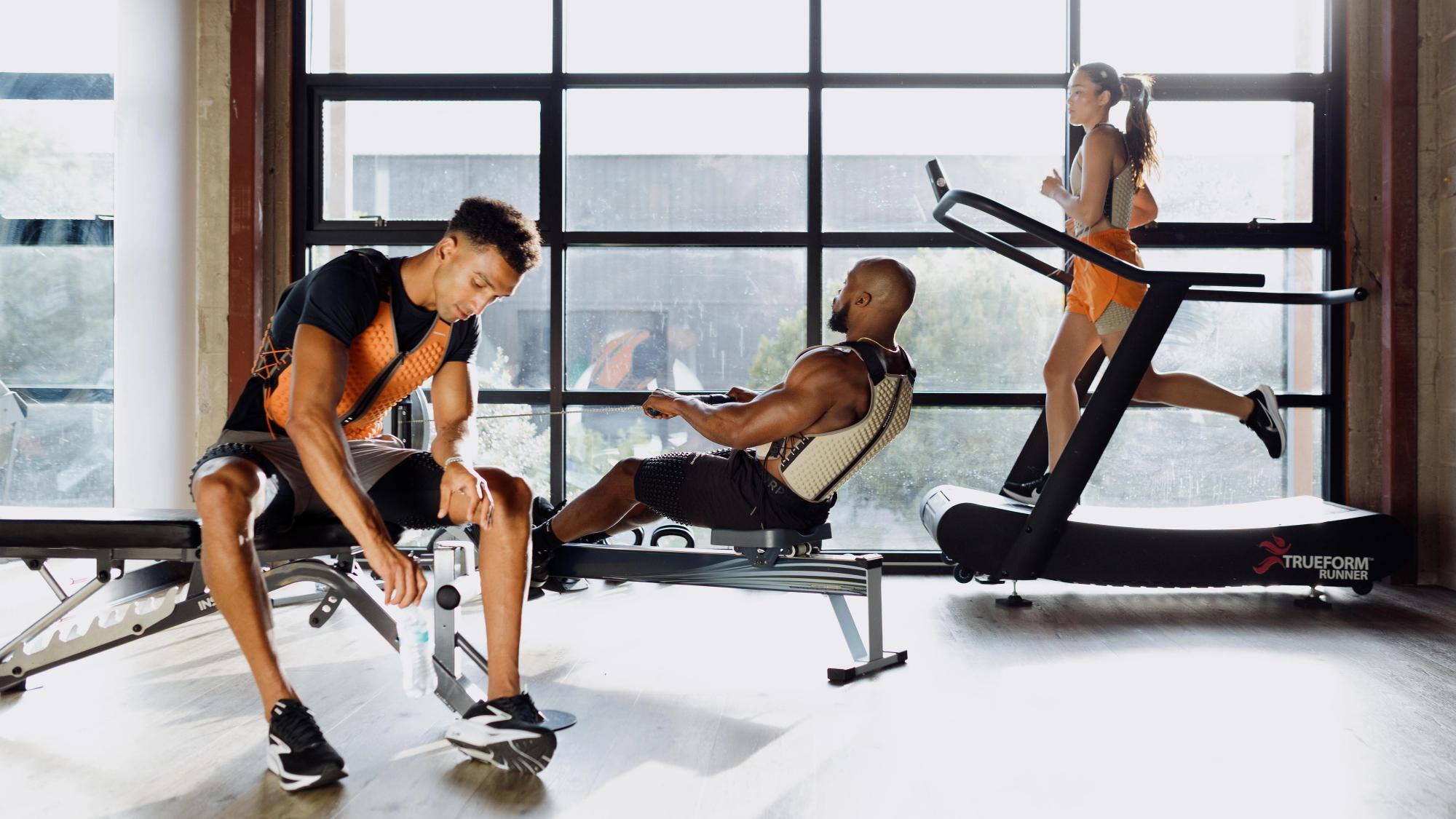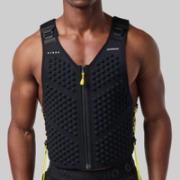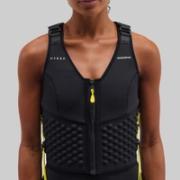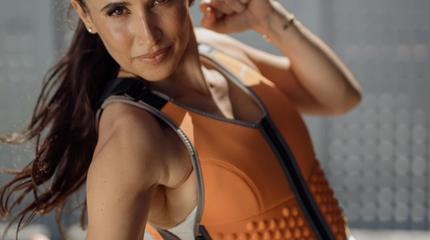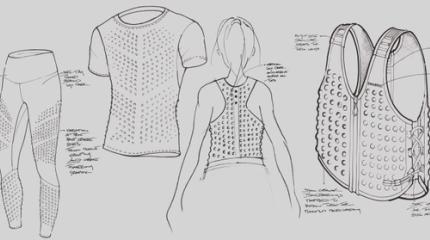When it comes to upgrading your workouts, sometimes the smartest tools are also the simplest. Weighted vests have been around for ages as a way to push intensity and build strength, but not all vests are the same. The OMORPHO G-Vest, with its patented MicroLoad™ design, spreads weight evenly across your body so you get the challenge without sacrificing comfort, mobility, or form. Let’s dive into what the science says about training with wearable resistance, and why it can make such a big difference.
Why Train with a Weighted Vest?
Adding a little extra resistance to everyday moves, like push-ups, squats, or lunges, turns them into something more powerful. That extra load nudges your muscles and heart to work harder, leading to better strength and performance over time. The OMORPHO G-Vest does this without the awkward bulk or bounce you get from traditional vests, which makes it perfect for functional training, HIIT, or strength circuits.
And if you want more than just the vest, OMORPHO G-Wear is another option. It’s lightweight, machine-washable and highly-resistant apparel designed for everything from warm-ups to endurance work. Together, they create a system that’s rooted in real science and engineered to help you get results.
Enhance Endurance & Boost Cardiovascular Fitness
Adding weight forces your body to adapt in ways that make you fitter and tougher. For example, in 2021, researchers found that running while wearing an OMORPHO G-Top and G-Tight increased cardiovascular demand by an average of 6.3% during just a 6-minute jog [1]. A small change with a big effect.
A 2024 study in the Journal of Exercise Science and Fitness found that wearing a weighted vest equal to 10% of body mass during a circuit training program not only lowered blood pressure in just eight weeks but also helped participants lose more body fat compared to those who trained without a vest [2].
For athletes, the benefits are just as clear. Another 2024 study in the Journal of Sport Sciences showed that soccer players who trained on the field with weighted vests (set at 12.5% of body mass) improved aerobic capacity by 3.5% in only six weeks [3]. The kicker? Players who trained without vests didn’t improve at all.
In short, adding a little extra load helps your muscles and heart work harder, training your body to last longer and recover faster. Whether you’re into running, rowing, HIIT, or team sports, that means more stamina where it counts.
Burn More Calories
The math is simple: the more weight you carry, the harder your body works. That translates directly into more calories burned, even in shorter workouts.
In fact, a 2021 study showed that wearing a vest equal to 5.5% of body mass during an 18-minute bootcamp workout bumped energy expenditure up by about 8.5% [4]. That extra calorie burn comes from the small increase in intensity. Proof that wearable resistance can help tip the scales for people with weight management goals.
Support Bone Health
Stronger bones don’t just happen in the weight room, they need the right kind of stimulation. Training with moderate resistance (around 2.5–11 lbs.) has been shown to increase bone mineral density, especially in weight-bearing areas like the hips and spine [5,6]. That’s key for staying active and preventing fractures as we age.
Adding the G-Vest to activities like brisk walking, plyometrics, or bodyweight circuits provides the resistance your bones need to trigger new growth (a process called osteogenesis), making it a practical way to support bone health over the long term.
Build Strength and Muscle
Weighted resistance doesn’t just make workouts harder, it makes them more effective. By cranking up the intensity of bodyweight and skill-based movements, you create a bigger stimulus for growth.
One study in 2017 found that resistance-trained individuals who used wearable resistance saw an average 3.5% increase in 1RM power clean strength in just five weeks, plus better technique. That’s a measurable improvement in both power and skill.
Meanwhile, the 2024 circuit training study mentioned earlier reported a 5.6% greater increase in squat strength (1RM) in the weighted vest group versus the bodyweight-only group, along with significant muscle mass gains [2]. That’s a big payoff from a small tweak to your routine.
Increase Power Output
Whether that’s sprinting, jumping, or cutting direction, explosive performance gets a noticeable boost from wearable resistance.
Research has shown that training with wearable resistance can improve vertical jump height by 8.7%, which is a standard measure of power output [7]. More power means faster first steps, quicker court movements, and bigger lifts off the ground. This likely comes down to improved force production at high speeds, the cornerstone of explosive performance.
With OMORPHO’s MicroLoad™ design, you can add just enough weight to challenge yourself without slowing down, making it a great tool for drills like box jumps, sprints, or kettlebell swings.
Why Choose OMORPHO G-Vest and Products for Fitness?
The OMORPHO G-Vest is designed to be the training partner that moves with you. Unlike traditional weighted vests, it’s slim, breathable, and comfortable enough to wear during almost any workout. The women’s version delivers 5 lbs. of resistance, while the men’s comes in at 10 lbs.—just enough to level up your training without overloading.
And remember: start small. As OMORPHO’s Head of Performance and Scientific Advisor, Dr. Erin Feser, recommends, ease into wearable resistance and build from there.
Every rep in OMORPHO gear carries more impact, helping you get stronger, faster, and fitter over time. Backed by research and built for performance, OMORPHO products are engineered to elevate every workout you take on.
RESOURCES
- Grobler L, Feser, E. (2021). The effect of running with the Omorpho G-Top LS and G-Tight on running economy and energy expenditure. [White Paper] Omorpho, Inc.
- Kim, J. et al. (2024). Weighted vest intervention during whole-body circuit training improves serum resistin, insulin resistance, and cardiometabolic risk factors in normal-weight obese women. Journal of Exercise Science & Fitness, 22, 463-473.
- Lagodimos, P. et al. (2024). The effect of weighted vest use during in-season small-sided games training on young soccer players’ performance. Journal of Sport Sciences, 42(11).
- Grobler L, Feser, E. (2021). Changes in cardiovascular and metabolic measures during a moderate-intensity, aerobic exercise session with an Omorpho G-vest. [White Paper] Omorpho, Inc.
- Greendale, G.A. et al. (1993). The effect of a weighted vest on perceived health status and bone density in older persons. Quality of Life Research, 2(2), 141-152.
- Snow, C.M., et al. (2000). Long-term exercise using weighted vests prevents hip bone loss in postmenopausal women. Journal of Gerontology, 55A(9), M489-M491.
- Marriner, C.R. et al. (2017). Redistributing load using wearable resistance during power clean training improves athletic performance. European Journal of Sport Science, 17(9), 1101-1109.


